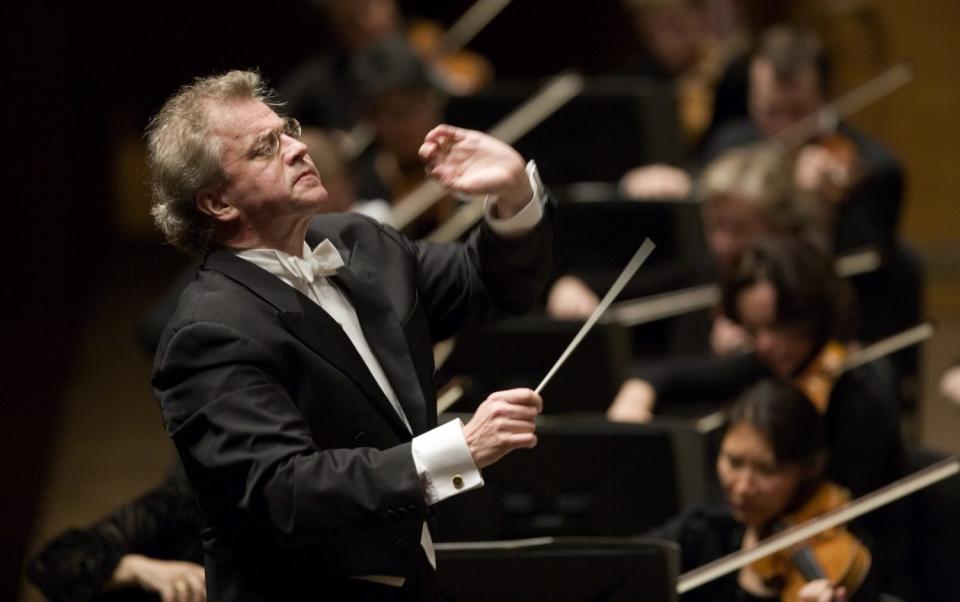This American orchestra captures all the mad intensity of Mahler’s Ninth

Some orchestral works are challenging because they are monstrously difficult technically, others need a fine grasp of a particular style, others set out to wring our hearts and need vast reserves of emotional energy – from the listeners as well as the performers.
Mahler’s final completed symphony the Ninth is challenging in all those ways at once. In the huge opening movement the music veers between an ecstatic “expression of tremendous love for this earth”, as Mahler’s disciple Alban Berg put it, and extremes of nightmarish intensity and desperate yearning. In the second movement especially there are moments of charmingly Viennese melodic swoops and lilting waltz rhythms. Then comes the wild Rondo Burleske which flies by at blinding, panic-stricken speed, but the performance needs to be razor-sharp to reveal the music’s sardonic sneer. In the final movement the symphony dwindles away in ever more tenuous, long-drawn-out notes, as if the music is trying to enter the radiant peace that lies beyond the grave.
When he composed the piece in 1909 Mahler had been through the traumatic loss of a daughter and been diagnosed with a potentially fatal illness, but nonetheless was full of energy and plans for the future. So it’s wrong to interpret the emotional extremes of the symphony as Mahler’s premonition of his own demise. Nonetheless many conductors – notably Leonard Bernstein – have done exactly that.
This new recording is too alive and alert to be heard as a farewell. The Minnesota Orchestra are on tremendous form, able to cope equally with the needle-point delicacy and mad intensity. The orchestra’s Finnish conductor laureate Osmo Vänskä pays attention to all of Mahler’s performance directions – but not in a finicky or slavish way, as he adds quite a few tempo fluctuations of his own. The result is a performance rich in nervy modernist intensity, with every mood undercut by its opposite. We’re constantly being offered glimpses to some other realm; sometimes it’s lost happiness, sometimes it’s an uncanny vision of the future. The pre-echoes in the first movement of the dark Viennese expressionism of Berg are startlingly vivid, as are the premonitions in the final movement of Shostakovich’s bleak late style.
What Vänskä avoids is any suggestion of Viennese charm. The country dance that opens the second movement is just to slow to be a dance. Taken together with the tempo extremes of the other movements, this propels the whole piece emphatically into the modern age. When the performance finally reaches a condition of peace at the end there’s no lingering warmth, just an utter stillness beyond any human feeling. It’s an image of heaven for a godless age.
Mahler: Symphony no 9, performed by the Minnesota Orchestra conducted by Osmo Vänskä is released by BIS

